
The best neuroscience research from September 2020
Scientifica's picks of the most interesting neuroscience research from September includes the development of new dopamine sensors to better understand brain signalling in health and disease, a computer that can predict thoughts and a non-invasive neurotechnology that reduces symptoms of insomnia.
1. Scientists advance understanding of blood-brain barrier health with implications for brain disease
There has been a long-held assumption that astrocytes support the blood-brain barrier. However, researchers at Virginia Tech University have now found the first experimental evidence from a living organism that these cells are essential for a healthy blood-brain barrier.
The research showed that without astrocytes, the blood-brain barrier becomes damaged and leaky, with the level of damage appearing to correlate with the number of astrocytes removed.
As breakdown of the blood-brain barrier is involved in a range of neurodegenerative diseases, including traumatic brain injury and Alzheimer’s disease, the results of this research could lead to a better understanding of these diseases and development of improved treatments.
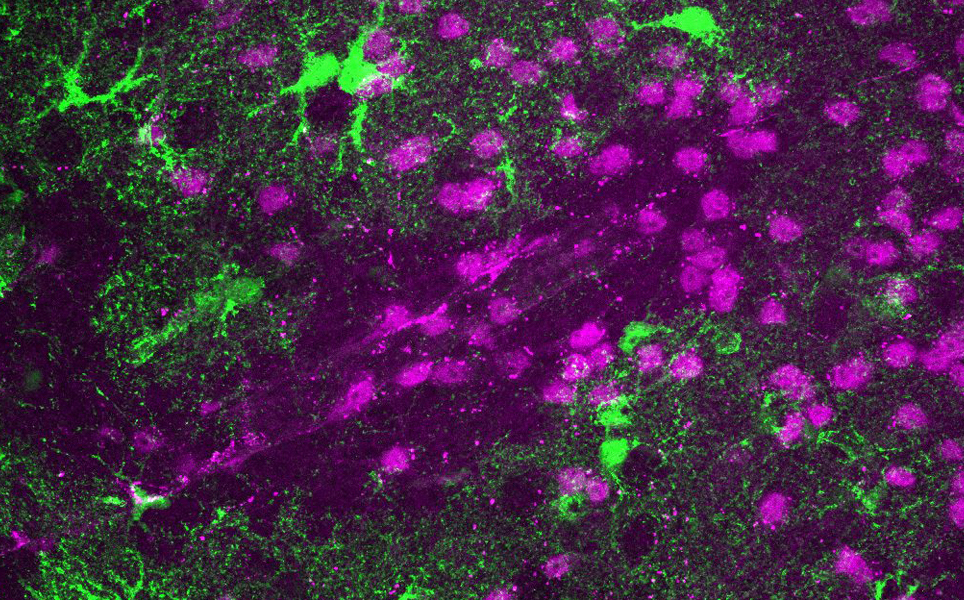
Learn more
2. New dopamine sensors could help unlock the mysteries of brain chemistry
After developing a fluorescent protein-based dopamine biosensor, dLight1, in 2018, scientists at UC Davis have now developed two new spectral variants: yellow YdLight1 and red RdLight1.
When combined with advanced microscopy, these biosensors enable high resolution, real-time imaging of spatial and temporal dopamine release in live animals. The different colours will now allow multiple dopamine releases and neural activities to be visualised at the same time.
As dopamine is a neurotransmitter involved in many processes, including movement, attention, learning and the reward system, these new tools will enable scientists to gain a better understanding of brain signalling in health and disease.
Better understanding brain signalling
3. First ‘plug and play’ brain prosthesis demonstrated in paralysed person
The first ‘plug and play’ brain prosthesis has been successfully used by a patient with paralysis of all four limbs, in a trial conducted by the UCSF Weill Institute for Neurosciences.
Previously, brain-computer interfaces (BCI) have had to be reset and recalibrated each day. However, in this study, machine learning techniques helped the paralysed individual learn to control a computer cursor using their brain activity, with no daily retraining needed.
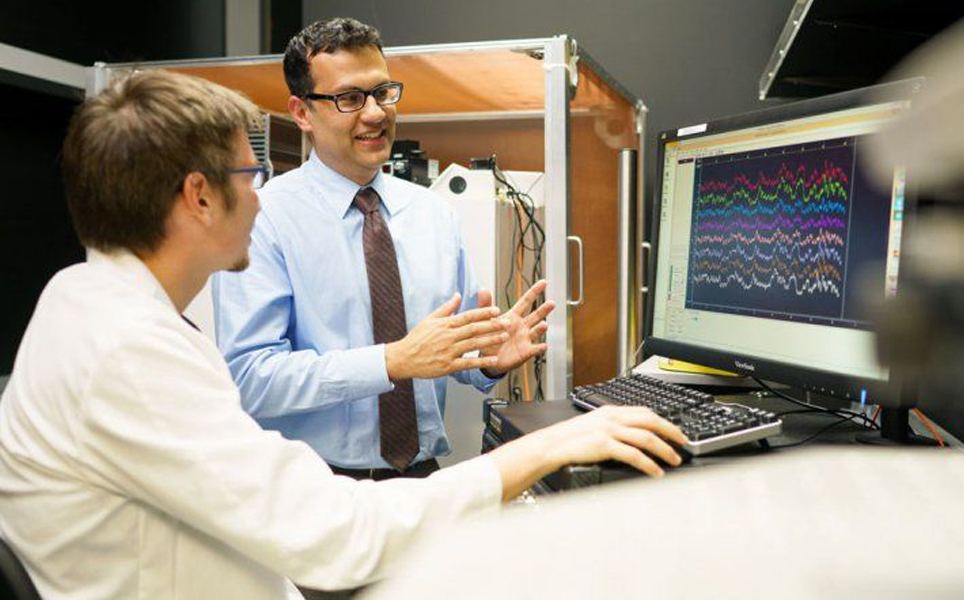
Find out more
4. Parkinson’s disease is not one, but two diseases
Using advanced PET and MRI imaging techniques, researchers at Aarhus University have identified two variants of Parkinson’s disease, which start either in the brain or intestines and have differing symptoms.
The team identified that in some patients, Parkinson’s disease starts in the intestines and spreads to the brain through neural connections, whereas in other patients, it starts in the brain then spreads to the intestines and other organs.
This finding could lead to personalised treatments for patients with Parkinson’s disease, based on their individual disease pattern.
Potential for personalised Parkinson's treatments
5. Scientists identify promising new ALS drug candidates
Some cases of Amyotrophic lateral sclerosis (ALS) are caused by aggregation of superoxide dismutase (SOD1) protein. Scientists at the University of Liverpool and University of Nagoya have identified novel compounds that change many of the toxic properties of this protein, and could be used to treat ALS.
The ebselen-based compounds developed by the team stabilise the SOD1 protein, delaying disease onset in a transgenic mouse model.
As there are currently limited therapies for ALS, these findings are an exciting advancement for developing new, improved treatments.
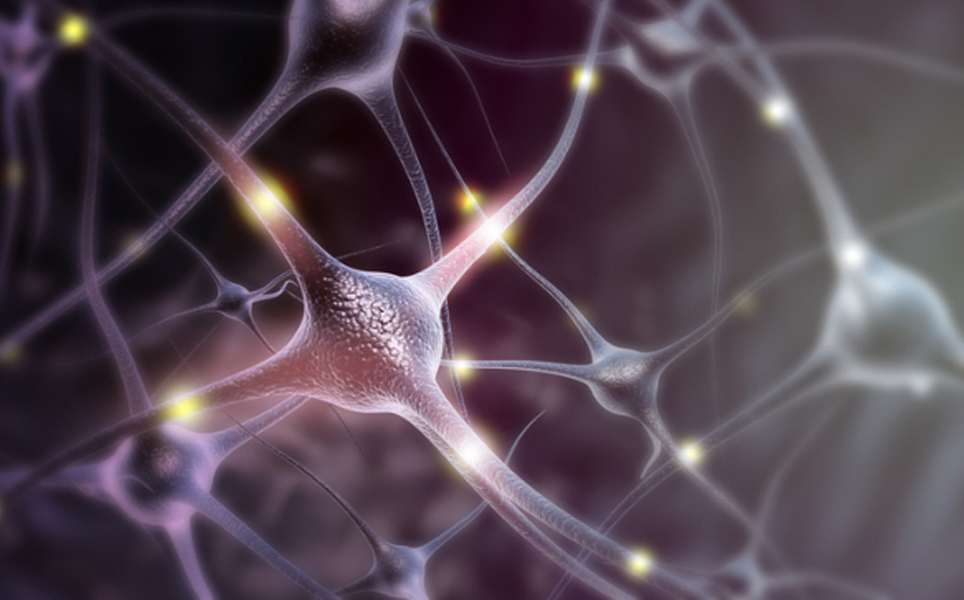
Exciting ALS advancement
6. Study explores how changes in healthy brain structure affect cognition
Scientists at the University of Texas at Dallas are combining diffusion tensor imaging with fMRI to understand how degradation of different structures of the brain results in cognitive decline with age.
Even in healthy adults, neural circuits break down gradually with age. In this study of 169 healthy human subjects between the ages of 20 and 94, the researchers discovered that as people age, white matter in the brain degrades, which results in gray matter activity being less able to ramp up, leading to reduced cognition.
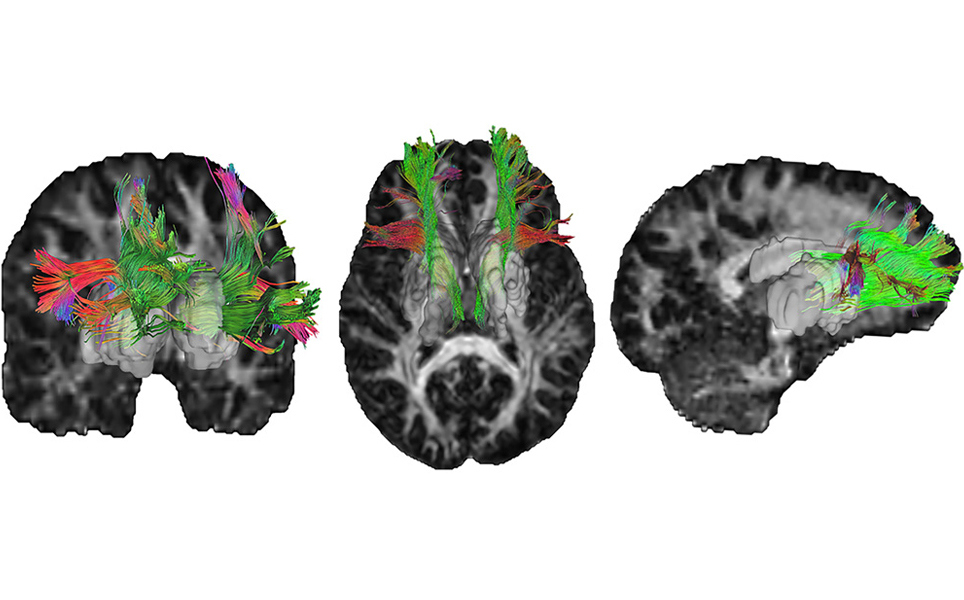
More here
7. Live imaging method brings structural information to mapping of brain function
By combining retinotopic mapping with THG three-photon microscopy, scientists at MIT have successfully paired functional mapping of brain regions with distinctions of physical structure for each region in live mice.
The researchers have used this technique, which utilises Scientifica’s Motorised Moveable Base Plate, to investigate the functional regions involved in processing vision. The technique enables identification of distinct regions by both their function and structure, during in vivo experiments.
The team suggest that the method could be used to study other cortical regions, as well as gain a better understanding of the structure and function of the brain when healthy and in disease states.
Linking structure and function in vivo
8. A computer predicts your thoughts, creating images based on them
A technique, which involves computers monitoring human brain signals then modelling visual perception, has been developed by researchers at the University of Helsinki. This imagining of what a person is thinking about results in the computer producing entirely new information, such as fictional images that were never before seen.
The technique, called neuroadaptive generative modelling, utilises a novel brain-computer interface, which is the first of its kind to use artificial intelligence to model both the computer’s presentation of information and brain signals responding to it simultaneously. The researchers believe the technique may enable greater insight into social, cognitive and emotional processes.
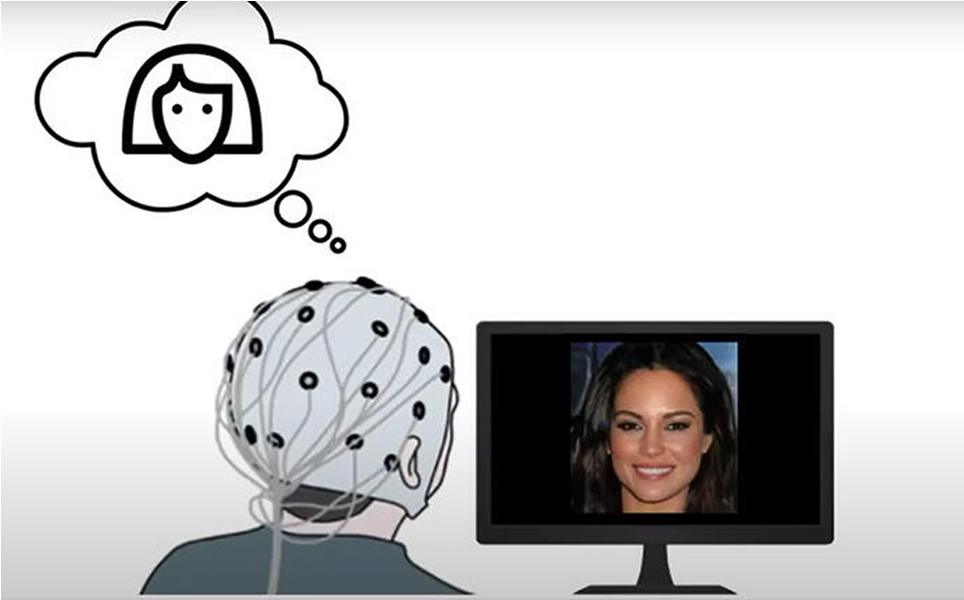
Computers imagining
9. Reduction in insomnia symptoms associated with non-invasive neurotechnology
A clinical trial conducted by Wake Forest Baptist Health demonstrated that a closed-loop acoustic simulation neurotechnology successfully reduced symptoms of insomnia and improved the function of the autonomic nervous system.
The technique, termed high-resolution, relational, resonance-based electroencephalic mirroring (HIRREM), utilises scalp sensors to monitor brainwaves. Software algorithms then translate specific frequencies of brainwaves into audible tones of varying pitch, which are instantaneously echoed back to the brain via ear buds. The brain is then able to listen to itself.
HIRREM supports the bran to balance itself and self-adjust, resetting from potential stuck trauma and stress patterns. It was found to shift brain patterns towards improved balance and reduced hyperarousal, without any conscious effort.

Potential therapy for insomnia
10. Older people have become younger
A study by the University of Jyväskylä has found that the functional ability of older people has improved when compared to people of the same age 30 years ago.
Reasoning, working memory, muscle strength, walking speed, reaction speed and verbal fluency of people aged between 75 and 80 years are now significantly better than that of those born 30 years earlier. Improved nutrition, hygiene and healthcare, as well as better access to education and improved working life are factors contributing to the increased performance.
The findings show that increased life expectancy is resulting in more healthy years, with the last years of life now occurring at higher ages.

Older but younger
Banner image credit: UT Dallas
Take a look at our previous top neuroscience stories:
Sign up to receive our latest news
Find out about Scientifica's latest product releases, company news, and developments through a range of news articles, customer interviews and product demonstration videos.

)